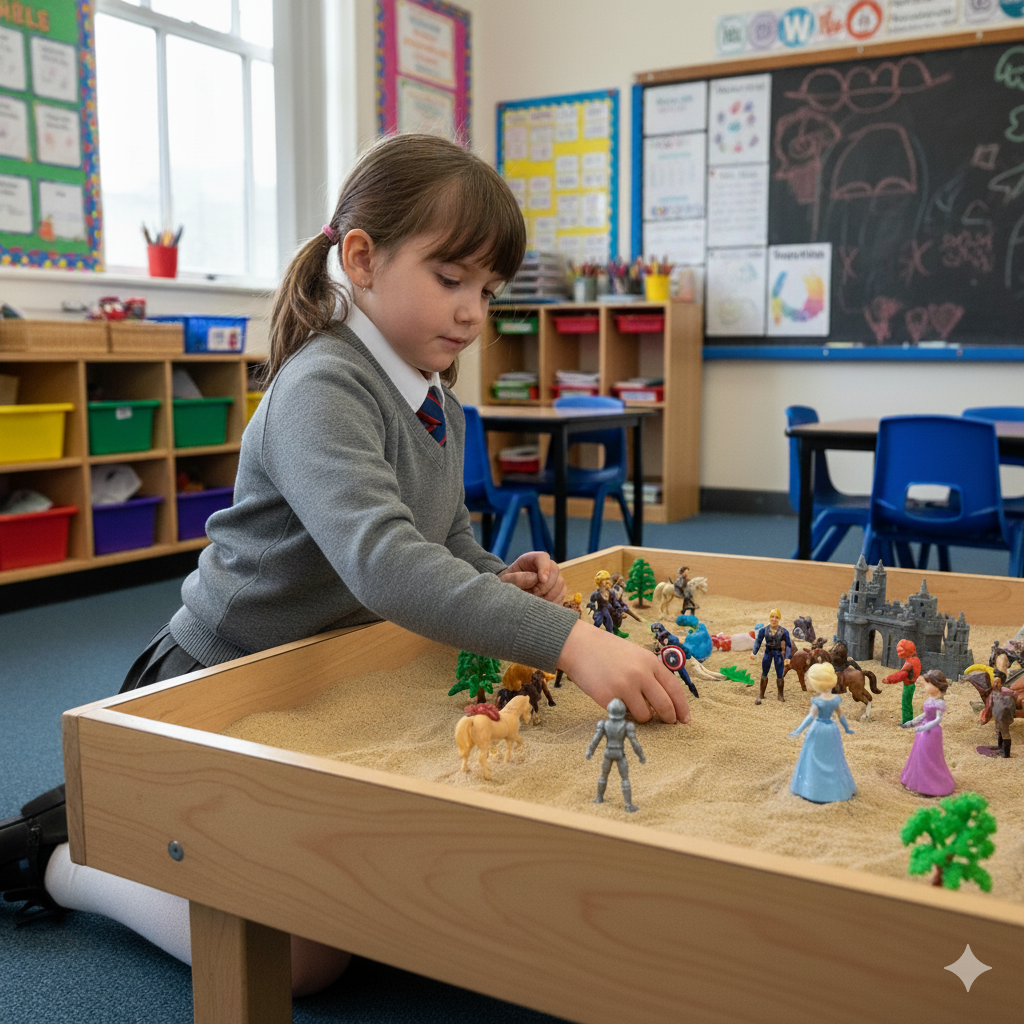
LIFELONG THERAPEUTIC LEARNING:
-
Learn more

Drawing and Talking allows individuals to discover and communicate emotions through a non-directed technique, setting it apart from existing solution-focused and cognitive-based therapies and interventions
Learn more
Creators of a global proactive intervention intended to complement rather than replace the work of Specialist Mental Health Services
Working with vulnerable
-
Courses
Drawing and Talking has proved invaluable with secondary aged students who find it difficult to talk about their emotions.

Our team's commitment to high quality services provides you with peace of mind.
Individuals
Creators of global proactive intervention intended to complement rather than replace the work of Specialist Mental Health Services.
Organisations
In-house training days are the most cost effective way to train groups of 20 or more staff in the Drawing and Talking therapeutic technique. We offer both Zoom and in-person options.
- Blog
-
Practitioners
In our 20-year history, we have built a community of 20,000 Drawing and Talking Practitioners.
Our Drawing and Talking Practitioners are committed to high-quality therapeutic support. Our Accredited Practitioners maintain an active Drawing and Talking Membership, which includes regular CPD and supervision and coaching. This ensures safe, reflective and effective practice.
- Contact us
- Book now
Attachment Theory and Therapeutic Relationship

Professional Development Newsletter: Issue 1
I was reading this article and thought you might be interested – Attachment Theory and the Therapeutic Relationship (click to access).
The paper covers the key points of:
- The Attachment Theory
- Why Security Matters in the Therapeutic Relationship
- Working Together
- Somatic Psychology
I would strongly recommend that all practitioners take a read, it is only 4 pages long in content but gives you a lot to reflect on in your own practice. Whether you are part of the furniture or have not even started delivering yet…
Styles of Attachment
This is a really useful graphic just to remind ourselves of the different styles of attachment outlines in John Bowlby’s work – remember The Attachment Theory is one of the key underpinning principles of Drawing and Talking.

Practitioners in the Drawing and Talking Graduate Group, you will know that I am a big believer that the Therapeutic Alliance between the Drawing and Talking Practitioner and their client is absolutely essential to the success of Drawing and Talking.
And since I have applied that to my work with children and adults, I have been blown away.
Now you may remember from the foundation course that unless a Secure Attachment is formed in the sessions, a client cannot enter into conflict stage…
How many of you have considered that in your practice?
Something that Dr Eric Green, a well-respected Jungian Play Therapist said in his book The Handbook of Jungian Play Therapy with Children and Adolescents.
“With secure attachment, children are positioned to develop healthy coping skills and ego-strength to resolve adverse emotional events”
Now of course as Practitioners, we understand that on the flip side, those who do not have a secure attachment (approximately 50% of the UK population), are not positioned to develop healthy and effective coping skills and may not have the ego-strength to resolve adverse emotional events…
Dr Pat Ogden, a contemporary psychotherapist who developed an approach to therapy called sensorimotor psychotherapy, mentioned something that really made me sit and reflect and has helped inform my understanding and perception of trauma.
“There’s a lot of literature written about, say, sexual abuse – the first trauma is the actual abuse. The secondary trauma is not having a parent to support you through it. So really, that is almost as traumatising as the trauma itself.”
I would love it if each of you could just spend a few minutes this week reflecting on both of the above statements and just take some time to let them sink in.
In our weekly CPD Newsletter in February, I am going to focus around attachment and share my learning around this topic, but if anyone has anything they would like to share back, your are absolutely welcome to get in touch.
Marcus Adams - Senior Training and Quality Assurance Lead
Latest news
February 1, 2021
February 1, 2021



